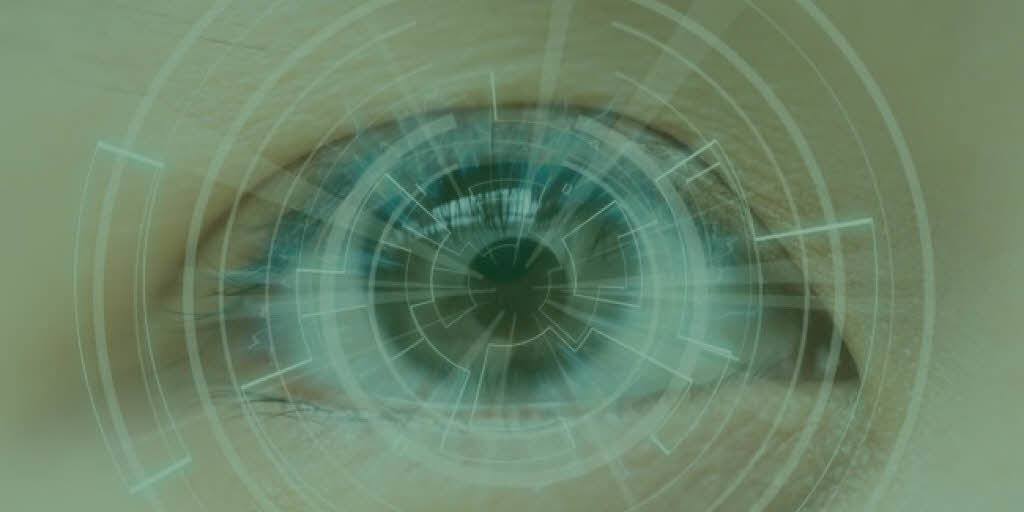Photophobia, despite its name, does not mean a fear of: having your photo taken, cameras, looking at pictures, or of photosynthesis occurring. Photophobia is instead defined as an abnormal sensitivity to light. Those suffering from photophobia may experience pain, headaches, and suffer from comorbid conditions such as anxiety and having difficulty sleeping. Sensitivity to light can be exacerbated by fluorescent lighting.
Reviewed and updated for 2024 by Molly Duong, M.D.
Imagine you’re in a dark movie theater. When the movie ends, instead of exiting through the lobby, you exit from the dark theater into the parking lot-he brightly lit parking lot. You squint, look down, fumble for your sunglasses, or put your hand up to shade your eyes. Those who suffer from photophobia are all too familiar with this, likely most, if not all, of the time.It can be a debilitating condition, impacting quality of life.
Symptoms of Photophobia
The problem here is how much photophobia can impact your life. Photophobia is one of the main complaints among those who suffer from computer vision syndrome. Additional symptoms of computer vision syndrome include:
- Eye strain
- Headaches
- Visual fatigue
- Dry, irritated eyes
- Blurry vision
Working with Photophobia?
Try Fluorescent light filters to reduce the harshness and eliminate glare.
Computers and Photophobia
These are symptoms of computer vision syndrome, but they are also precursors to photophobia. According to the American Optometric Association, the most common health complaints by computer users are vision-related: studies indicate that 50 to 90 percent of computer workers suffer from computer vision syndrome. So, for many people, their work environment is contributing to their photophobia, and that photophobia then starts to affect their personal lives.
The causes for photophobia extend beyond the workplace. Prolonged computer usage is a problem and a contributing factor – to the extent that medical professionals now recommend that computer users take a five-minute break every hour to prevent computer vision syndrome.
Proper Lighting for Photophobia
It’s important to look beyond the computer screen as the only source of glare, however. One such consideration is that office spaces typically have glaring overhead lights, while ambient lighting in the 30-50 foot candle range (300-500 lux) is all that’s really necessary to work.
For those who require additional lighting, individual task lighting can be used at your workspace. If you hold your hand over your eyes like a visor and find it to be more comfortable on your eyes, then you are likely experiencing over-illumination. But don’t overlook other factors that contribute to photophobia! Photophobia may also be a symptom of:
- Dry eyes
- Migraines
- Hangovers
- Light eye colors
- Infection
- Inflammation
- Meningitis
Those suffering from prolonged symptoms of photophobia should seek further medical attention.
Preventing Photophobia
What steps can you take to prevent and alleviate photophobic symptoms?
Arguably, reducing ambient lighting levels is one of the easiest solutions. You can do this by:
- Installing lower wattage lamps
- Using task lighting
- Using light filters, fluorescent light covers or diffusers as necessary.
Other things that may alleviate eye strain include utilizing more natural lighting, having good contrast in the workplace, increasing humidity, and including color variety in the workplace, such as wall colorings and environmental decor. Bright colors also have emotional benefits in the workplace as well!
If you are unable to change your work environment, there are still other options that you can do. Double check all your medications and note if any may be causing light sensitivity as a side effect. While you discuss further actions with your doctor, make sure that any other underlying medical reasons are ruled out as well. Dry eye syndrome, a common cause of photophobia, also needs to be ruled out by an eye care specialist as it is estimated to affect about 344 million people globally. This number is expected to increase with the growing population, as well as with the trend of increasing digital device use.
In addition, if changing the lighting in your work environment isn’t an option, there are lightly tinted glasses that you can wear to help block out light. These glasses are available without a prescription in them, meaning there are various over the counter options, and mainly function to make lighting more comfortable instead of correction vision like traditional glasses do. By taking these steps, you can help reduce or prevent the symptoms of photophobia.
About Dr. Molly Duong
Dr. Molly Duong is a therapeutic and glaucoma certified optometrist. She obtained her doctorate degree at the University of California Berkeley, School of Optometry, and graduated with Honors in Research. Upon graduation, she completed a residency at the Major Charles Robert Soltes Jr. Blind Rehabilitation Center located at VA Long Beach, gaining expertise in primary care, low vision, and traumatic brain injury cases.
She is passionate about expanding innovations in technology and medical devices to improve vision care, and is always looking to build her professional acumen. On top of patient care, she also works in medical writing for ophthalmic trade articles and blogs, as well as consulting for a new vision-based web application in development.
